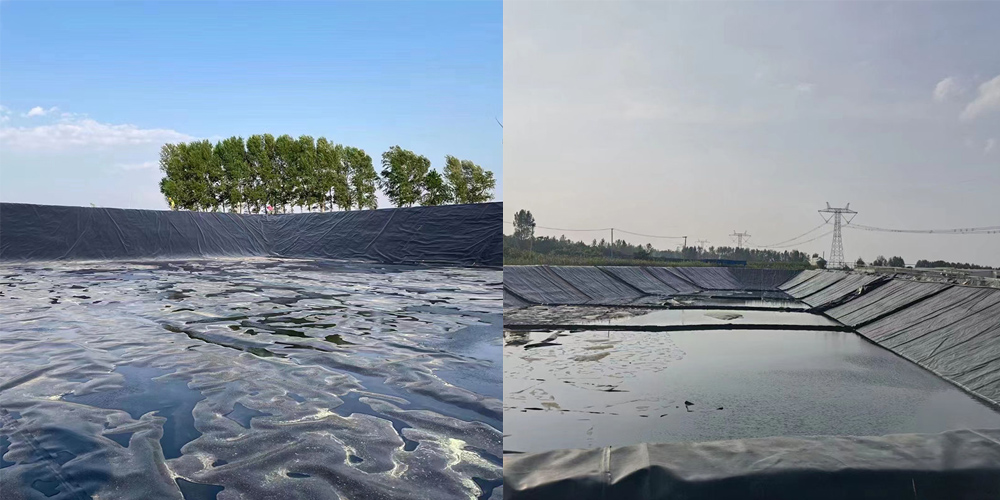Geomembranes play a vital role in various applications within water conservancy projects. Their impermeable and durable properties make them effective in controlling water movement, preventing seepage, and ensuring the integrity of water storage and conveyance systems. Here are some key applications of geomembranes in water conservancy:
- Reservoir Liners:
- Geomembranes are used as liners for reservoirs and water storage basins to prevent water seepage into the surrounding soil.
- The impermeable nature of geomembranes helps in maintaining water levels and preventing the loss of water through seepage.
- Canal Linings:
- Geomembranes are applied as linings for canals and channels to reduce water seepage and enhance water conveyance efficiency.
- The use of geomembranes in canal linings helps in preserving water resources and ensuring the reliable transport of water to intended destinations.
- Dams and Dike Construction:
- Geomembranes are utilized in the construction of dams and dikes to provide an impermeable barrier.
- They contribute to the stability of the structures by preventing water seepage and protecting against erosion.
- Stormwater Management:
- Geomembranes are used in stormwater management systems to create impermeable barriers in detention basins and ponds.
- This helps in controlling stormwater runoff, preventing soil erosion, and managing the release of water in a controlled manner.
- Water Treatment Facilities:
- Geomembranes are employed in water treatment facilities as liners for containment ponds and lagoons.
- They help in containing and managing treated or untreated water, preventing contamination and ensuring compliance with environmental regulations.
- Groundwater Protection:
- Geomembranes are used in the construction of barriers to protect groundwater from contamination.
- They are effective in preventing the migration of pollutants from waste storage areas, industrial sites, or other potential sources of contamination.
- Floating Covers:
- Geomembranes can be used as floating covers on water storage reservoirs to minimize evaporation losses.
- The impermeable cover prevents water from evaporating into the atmosphere, conserving water resources.
- Erosion Control:
- Geomembranes contribute to erosion control in water conservancy projects by stabilizing slopes and preventing soil erosion in critical areas.
- Aquaculture Pond Liners:
- Geomembranes are used as liners for aquaculture ponds to create a waterproof barrier.
- They help in maintaining water levels, preventing seepage, and providing a stable environment for aquaculture activities.

The application of geomembranes in water conservancy projects helps ensure the efficient and sustainable management of water resources, protects against environmental degradation, and contributes to the overall resilience of water infrastructure.
